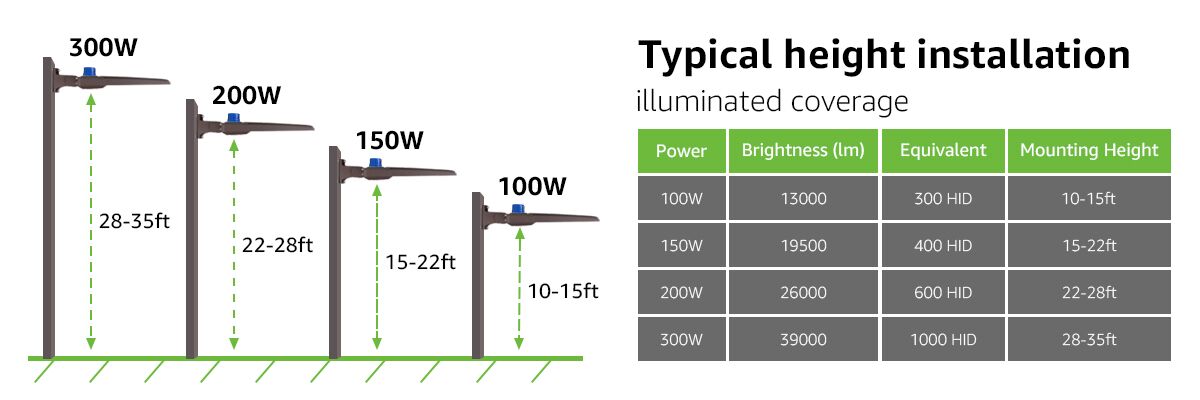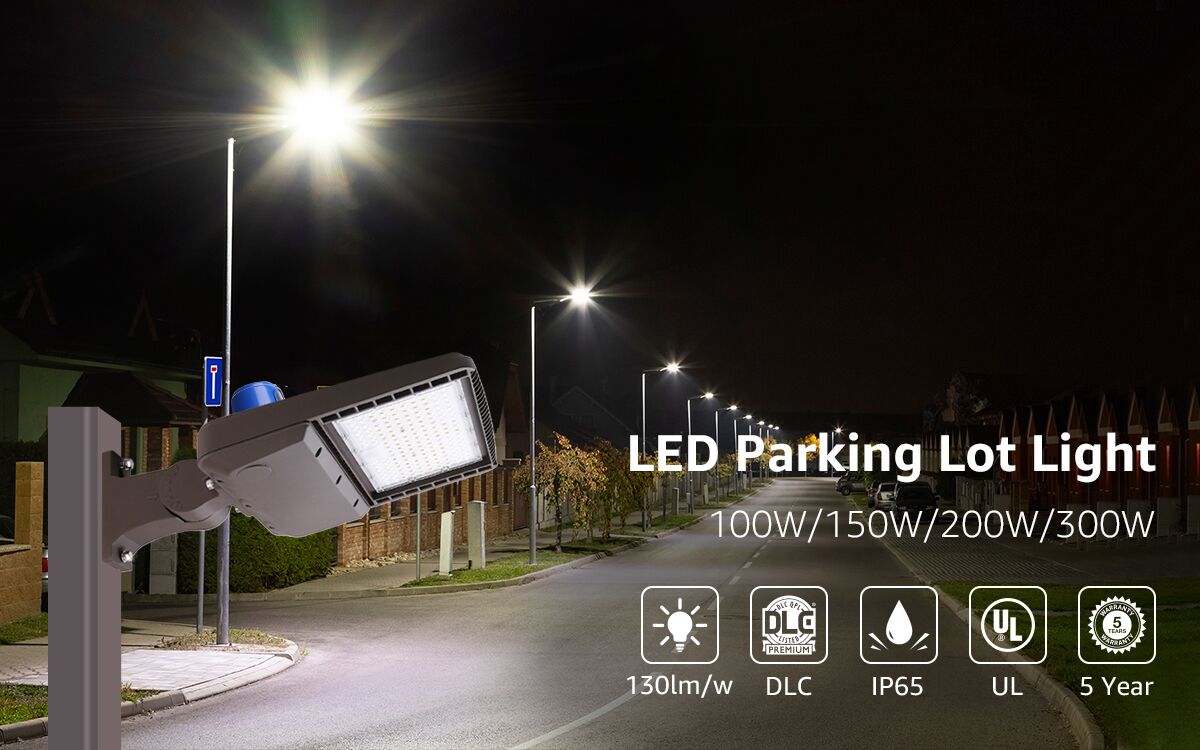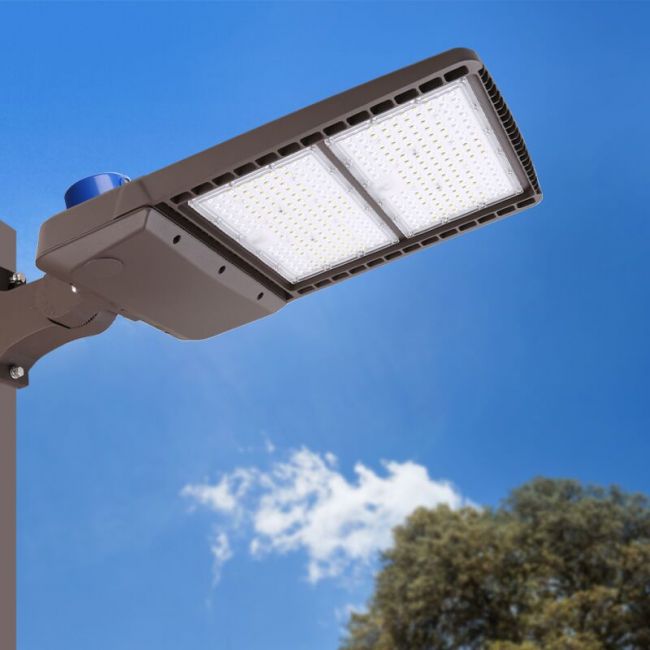A city’s road design and appearance can be significantly enhanced by street lighting poles and fittings that’s been installed. Lighting designs are of great importance to conservation areas and historic towns as the wrong kind of lighting setup can distract from the appeal they have to offer. For rural areas, the street light design must be aesthetically-pleasing while reducing light pollution.
With so much to consider, city officials must be mindful of the design concept from the onset of a lighting project.
Why is Street Lighting so Important?
When it comes to street lighting, there are four key things adequate lighting can do:
- Decrease risks associated with late evening and overnight accidents
- Dissuade people from committing criminal acts such as vandalism, burglary, etc.
- Protect property and buildings
- Improve the security of the habitation environment
What must be Considered in a Street Lighting Design
How lighting is arranged can help highlight a road’s function and produce an urban effect. For instance, a road entrance can look like a gateway when two light poles are installed. The lighting design needs to consider any shrubs and trees (which will still grow).
The proper lighting should improve pedestrian, driver, and cyclist security and safety. It can help brighten a road’s bends and bottlenecks, allowing drivers to see possible obstacles and one another. It can also help alleviate crime fears.
It’s crucial that street lighting is installed at road accesses and along shared roads, walkways, and driveways. The plan must consider their location and possible shrub and tree growth. The lighting should decrease the vulnerability cyclists and pedestrians could have with shadows.
Lighting poles and their fittings and accessories must be resistant to tampering and in positions where cars cannot easily damage them. They must be aligned with other street accessories to improve the area and in locations that don’t cause obstructions.

Mounting Street Lights on Buildings
Where streets are narrow, installing street lights on buildings helps provide adequate lighting without impeding or encroaching on other roadway designs. Mounted street lights can improve the aesthetics and ensure space for already-limited space availability. This helps with access issues and maintenance.
3 Important Considerations with Lighting Poles
Color – Lighting color is an essential aspect of light poles. White light is a major preference (not orange or yellow) when it comes to pedestrians. White lighting can illuminate the street’s features and users’ facial expressions – a critical aspect of addressing security for people.
Luminance – A suitable amount of street lighting is five lux, but in locations where people gather (bus stops, parks, etc.), the recommendation is 10 lux. Lighting levels are an integral aspect of urban design and streetscape. Any unexpected changes in these levels can become dangerous for partially-sighted individuals. Tree and shrub shading should be taken into consideration for the location and management.

Other Lighting Issues – Lighting contributes to an area’s sense when using passive and active lighting features, combining and blending functionality and aesthetics.
4 Kinds of Street Lights
While there are many kinds of urban design street lights to consider, four stand out most of all:
- Metal Halide Street Light – This kind of light is used in areas that need high brightness, such as parking lots, stadiums, streetlights, etc. These lights, which produce white light, generate a significant amount of light pollution but are very efficient. They have a good color rendering, which means objects under them remain true to their color.
- High-Pressure Sodium Street Lights – Many countries use this kind of street light to generate bright light through a mix of gasses and electricity. The light illuminates a yellow-orange glow and is very efficient. Very little maintenance is required on the lamp.
- Low-Pressure Sodium Street Lights – This light is similar to the HPS light, producing a warm yellow/orange color instead of a white color. Although it’s an efficient light, it can take time before the bulb completely turns on.
- Light-Emitting Diode Street Lights – LED technology has undergone rapid development in the last decade, with the bulbs are now introduced into outdoor lights. Despite the energy savings they offer, the white-blue light can have a negative impact on the health of both humans and wildlife. When used along with solar panels, they can significantly reduce electricity demands.
When planning out a street design, lighting must be an integral part. Many factors must be considered, such as:
- Lighting colors
- Street light size and type
- Trees/shrubs
- Urban design
When applied all together, it can improve an area’s aesthetics and bolster people’s confidence in its security and safety.





